Reportar esta entrada
Más sobre la misma comunidad-colección
Postcard of Loretto College and Academy, 1920s
This postcard of the Loretty Academy dates from the 1920s. ...
Playground Of Loretto Academy, 1937 - El Paso, Texas
The image shows some girls of Loretto Academy at Genoveva Court ...
Graduation class, Loretto Academy, El Paso, Texas 1930
The image shows the graduation class of 1930 in front of the ...
Loretto pupils with Santa in 1940s
The image shows 2nd grade pupils with Santa Claus in front of ...
Prom Night at Loretto Academy, 1940s
The image shows a scene of the prom night at Loretto Academy. It ...
Loretto Academy - Little Women
Students of Loretto Academy are performing the play Little Women ...
Loretto Academy - Playing in the Snow, 1950s
The image shows students of Loretto Academy playing in the snow. ...
Loretto Academy Billboard with Students, 1990 - El Paso, Texas
The image shows the billboard sign of Loretto Academy; three ...
Food Drive by Loretto Academy, 1998
Loretto Academy organized a Food Drive for the Salvation Army on ...
Saint Josephs Academy - El Paso, Texas
The image shows students and teachers of Saint Joseph's Academy ...
Joe Gomez Most Valuable Player 1960 Little League
Photo receiving Most Valuable Player trophy 1960 Fort Bliss ...
El Paso County Historical Sociey Hall of Honor Induction
Photo with Mary Jo Melby, Presiden ot the El Paso County ...


















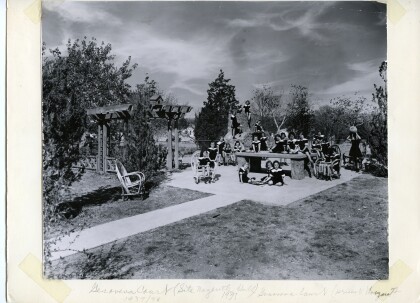
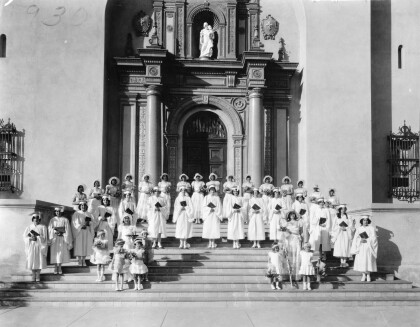
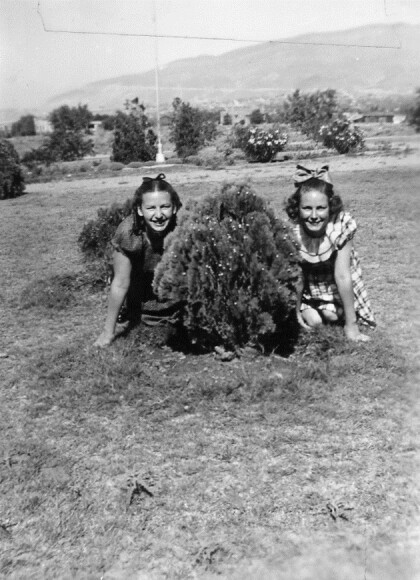
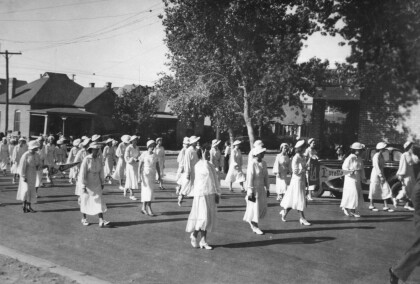
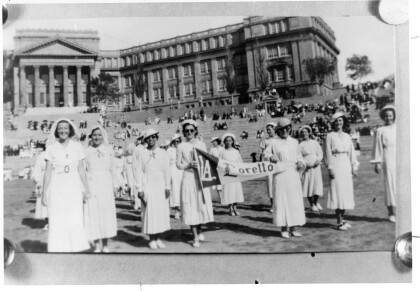
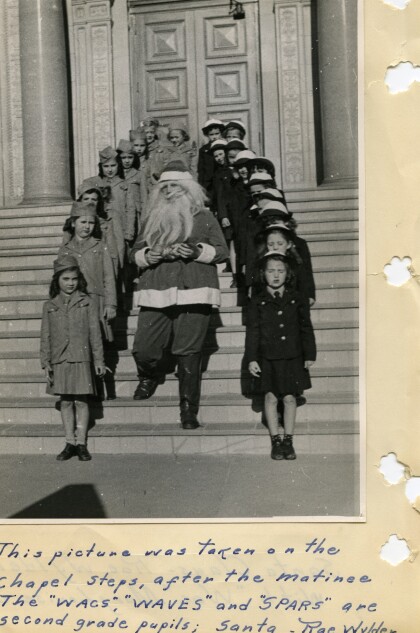
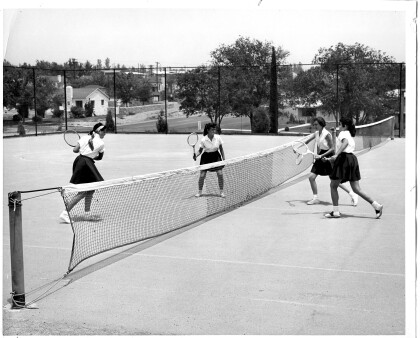
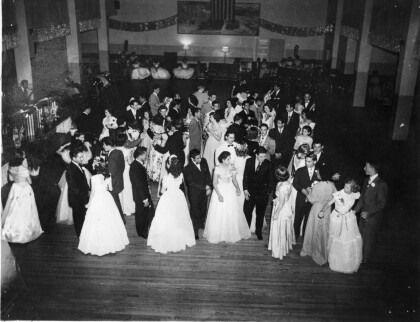
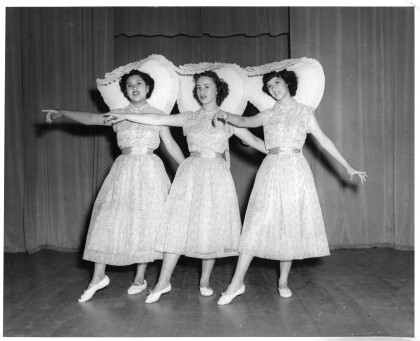
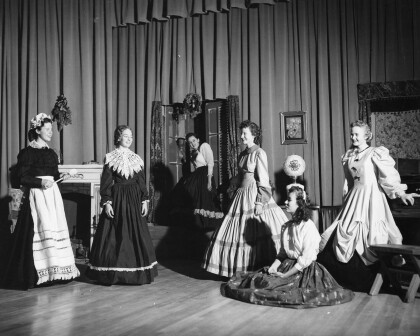
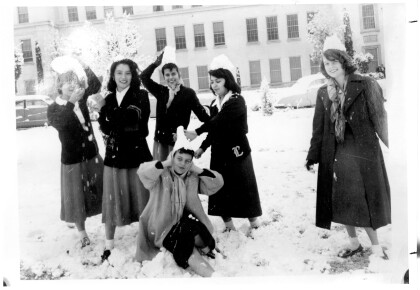
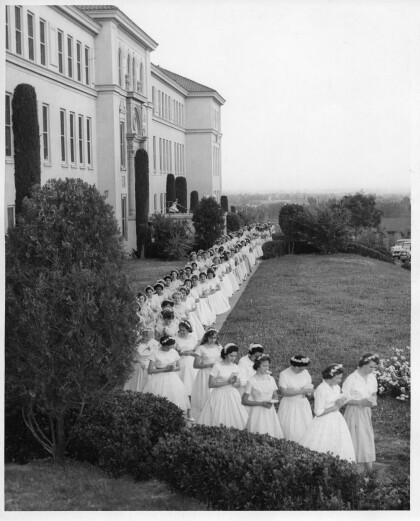
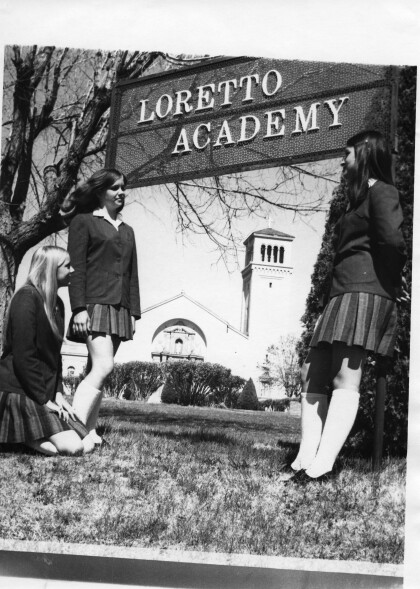
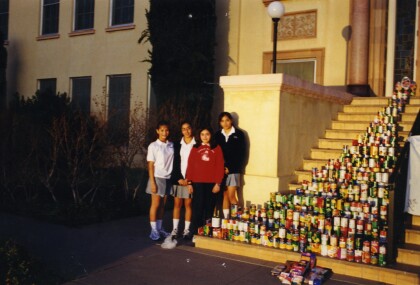
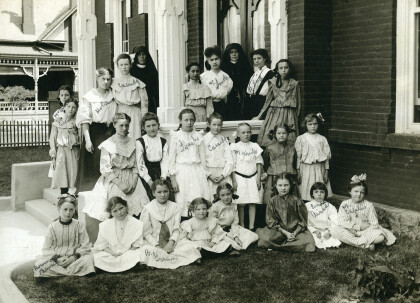
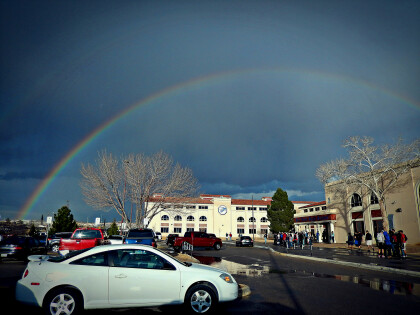
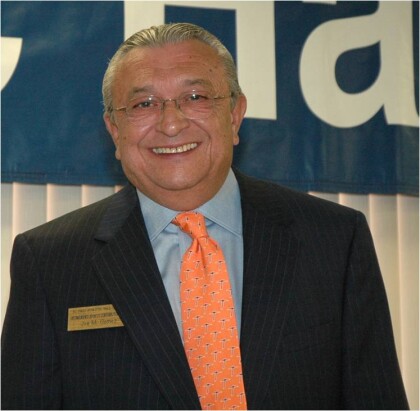
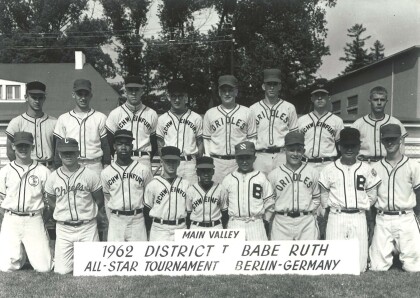
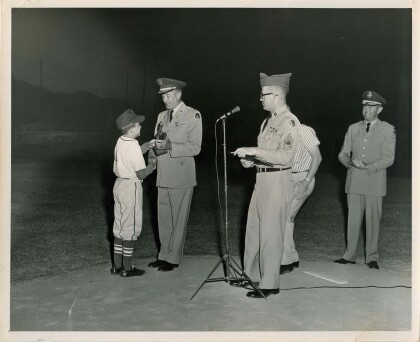
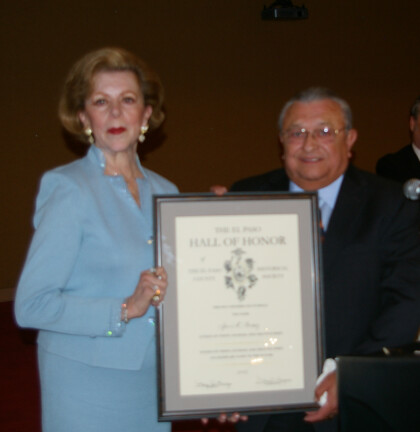
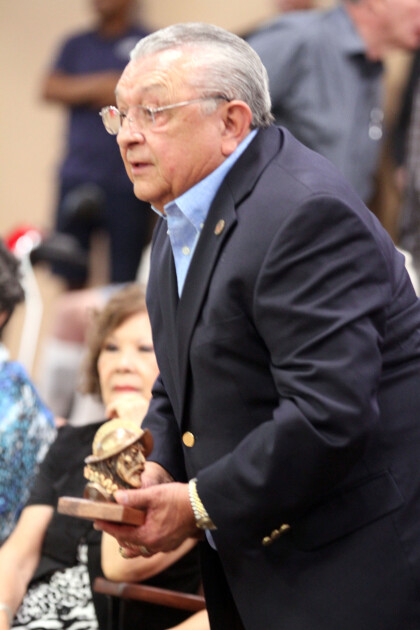

Comentarios
Hacer un comentario